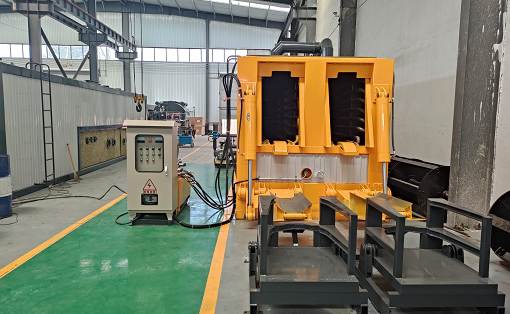Asphalt sealant for roads, asphalt sealant
Asphalt sealant is a material specially used for road crack repair. The following is a detailed introduction to asphalt sealant:
1. Definition and composition
Asphalt sealant is a road repair material made of asphalt or modified asphalt as the base material, with a certain amount of additives and fillers added, and processed by special technology. It usually has a black or dark brown appearance and is in a solid or semi-solid form.
2. Main characteristics
High adhesion: Asphalt sealant can firmly bond to the crack wall of the road surface to form a tight sealing layer to prevent moisture and other harmful substances from invading the road surface structure.
High elasticity: It has a certain elastic recovery ability and can adapt to the expansion and contraction changes of the road surface to prevent further expansion of cracks.
Weather resistance: After special process treatment, it has good weather resistance and can maintain its stable performance for a long time.
Convenient construction: The construction operation is simple and fast, without complex construction machinery, which reduces the construction cost.
3. Scope of application
Asphalt sealant is widely used in crack repair of various asphalt pavements, including highways, urban roads, airport runways, etc. At the same time, it can also be used for the maintenance and repair of asphalt surfaces such as bridges, tunnels, and parking lots.
Asphalt sealant is a material specially used for road crack repair. The following is a detailed introduction to asphalt sealant:
1. Definition and composition
Asphalt sealant is a road repair material made of asphalt or modified asphalt as the base material, with a certain amount of additives and fillers added, and processed by special technology. It usually has a black or dark brown appearance and is in a solid or semi-solid form.
2. Main characteristics
High adhesion: Asphalt sealant can firmly bond to the crack wall of the road surface to form a tight sealing layer to prevent moisture and other harmful substances from invading the road surface structure.
High elasticity: It has a certain elastic recovery ability and can adapt to the expansion and contraction changes of the road surface to prevent further expansion of cracks.
Weather resistance: After special process treatment, it has good weather resistance and can maintain its stable performance for a long time.
Convenient construction: The construction operation is simple and fast, without complex construction machinery, which reduces the construction cost.
3. Scope of application
Asphalt sealant is widely used in crack repair of various asphalt pavements, including highways, urban roads, airport runways, etc. At the same time, it can also be used for the maintenance and repair of asphalt surfaces such as bridges, tunnels, and parking lots.
4. Construction steps
Crack assessment: Use measuring tools to assess the width, depth and length of the cracks in order to select the appropriate particle size and type of asphalt caulking glue.
Crack preparation: Remove debris, dust and oil from the cracks to ensure that the inside of the cracks is dry and clean. For wider cracks, a slotting machine can be used to slot the cracks to increase the bonding area of ??the caulking glue.
Heating asphalt caulking glue: Place the asphalt caulking glue in a heating device and heat it to a suitable construction temperature (usually 180~220℃) to ensure that the glue can be fully melted and meet the construction requirements.
Crack filling: Use a caulking gun or caulking machine to evenly inject the heated asphalt caulking glue into the cracks, maintain appropriate speed and pressure, and ensure that the caulking glue can fully penetrate into the cracks and fit tightly to the road surface.
Finishing and compaction: Before the caulking glue cools, use a scraper or other tool to scrape the surface of the caulking glue flat, and use a roller or other compaction equipment to compact the caulking glue to ensure that the glue is tightly bonded to the road surface.
Maintenance: After the construction is completed, the repaired area should be maintained to prevent vehicles and pedestrians from passing through before the caulking glue is completely cured. The maintenance time is generally determined by the ambient temperature and the type of caulking glue.
5. Market situation
With the continuous development of road construction and maintenance, the market demand for asphalt caulking glue continues to grow. There are many companies producing and selling asphalt caulking glue in the market, with a wide range of products and different prices. At the same time, with the continuous advancement of technology and the continuous optimization of products, the performance and construction process of asphalt caulking glue are also constantly improving and improving.
6. Precautions
During the construction process, the safety operating procedures and traffic control measures should be strictly followed to ensure construction safety.
During construction, the ambient temperature and construction temperature should be strictly controlled to avoid affecting the construction quality.
After the construction is completed, the quality of the caulking should be checked to ensure that the caulking glue is firmly bonded to the road surface and there are no cracks, hollows and other problems.
In summary, asphalt caulking glue is an important road repair material with broad application prospects. During the construction process, the construction steps and requirements should be strictly followed to ensure the quality and safety of the construction.


































